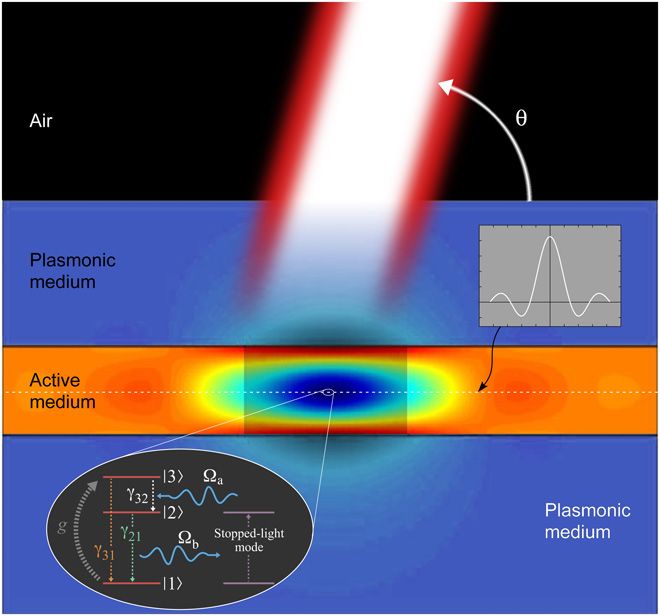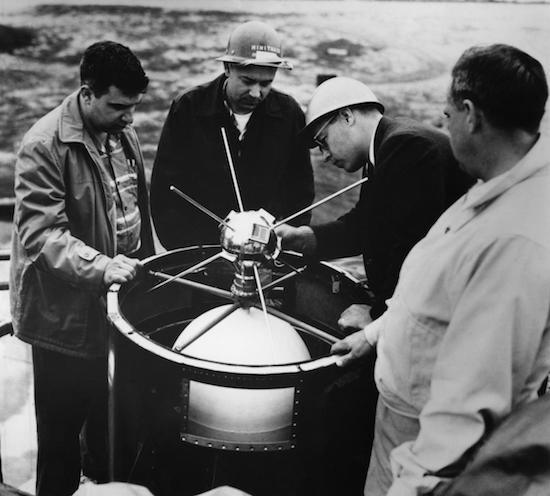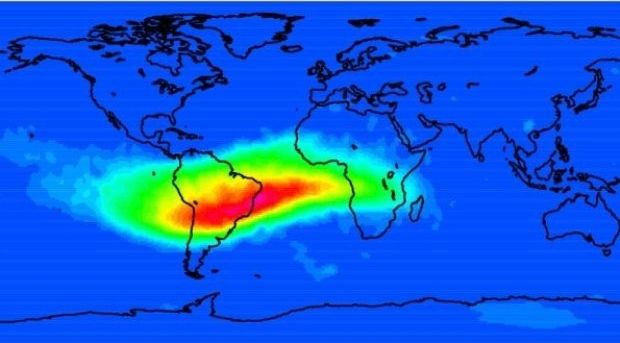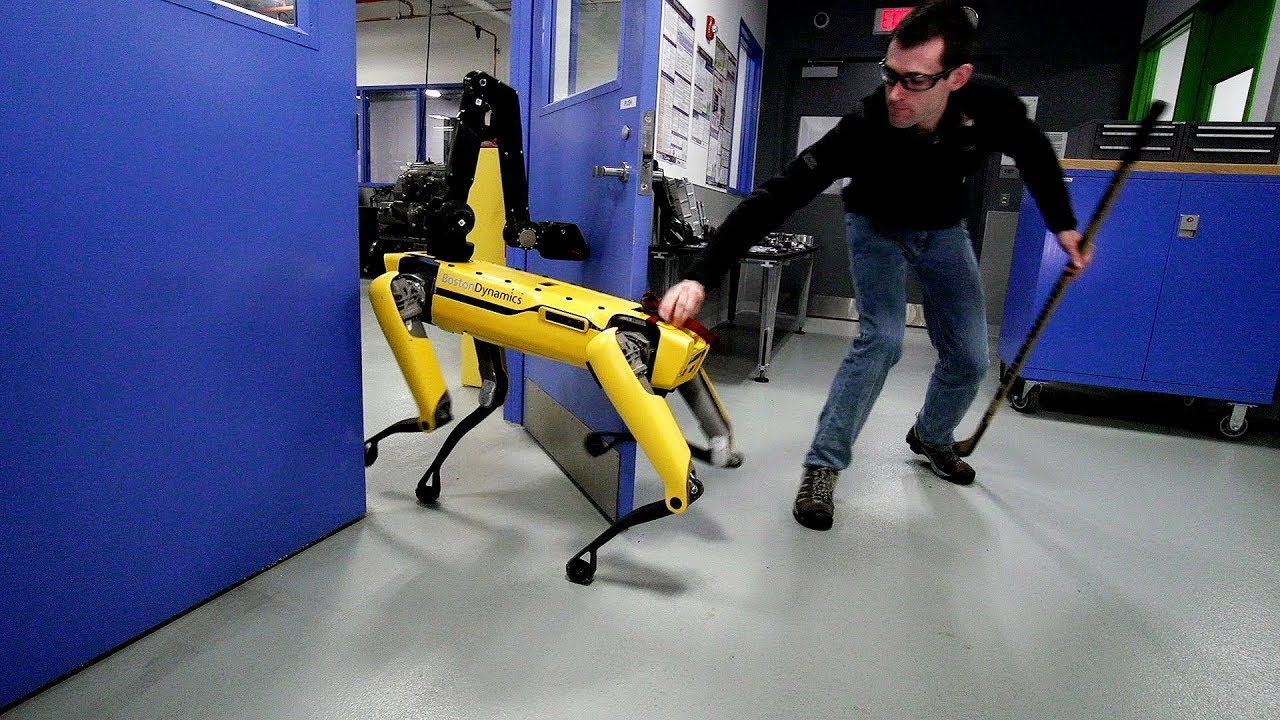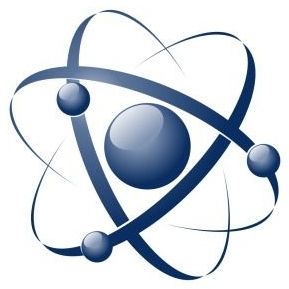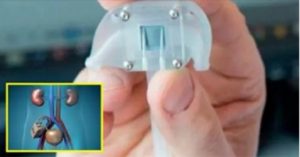Self-organized criticality emerges in dynamical complex systems driven out of equilibrium and characterizes a wide range of classical phenomena in physics, geology, and biology. We report on a quantum coherence–controlled self-organized critical transition observed in the light localization behavior of a coherence-driven nanophotonic configuration. Our system is composed of a gain-enhanced plasmonic heterostructure controlled by a coherent drive, in which photons close to the stopped-light regime interact in the presence of the active nonlinearities, eventually synchronizing their dynamics. In this system, on the basis of analytical and corroborating full-wave Maxwell-Bloch computations, we observe quantum coherence–controlled self-organized criticality in the emergence of light localization arising from the synchronization of the photons. It is associated with two first-order phase transitions: one pertaining to the synchronization of the dynamics of the photons and the second pertaining to an inversionless lasing transition by the coherent drive. The so-attained light localization, which is robust to dissipation, fluctuations, and many-body interactions, exhibits scale-invariant power laws and absence of finely tuned control parameters. We also found that, in this nonequilibrium dynamical system, the effective critical “temperature” of the system drops to zero, whereupon one enters the quantum self-organized critical regime.
The self-organization of many nonequilibrium complex systems toward an “ordered” state is a profound concept in basic science, ranging from biochemistry to physics (2–4). Examples include the group movement of flocks of birds , motions of human crowds , neutrino oscillations in the early universe , and the formation of shapes (“morphogenesis”) in biological organisms (8, 9). An intriguing trait of this nonequilibrium, driven-dissipative systems (2, 3) is that their self-organization can lead them to a phase transition and to critical behavior—a phenomenon known as self-organized criticality (SOC) (10). Unlike equilibrium phase-transition phenomena, such as superconductivity or ferromagnetism, where an exogenous control parameter (for example, temperature or pressure) needs to be precisely tuned for the phase transition to occur, no such fine-tuning is needed in SOC systems (10–13): They can self-organize and reach their critical state even when driven far away from it.
